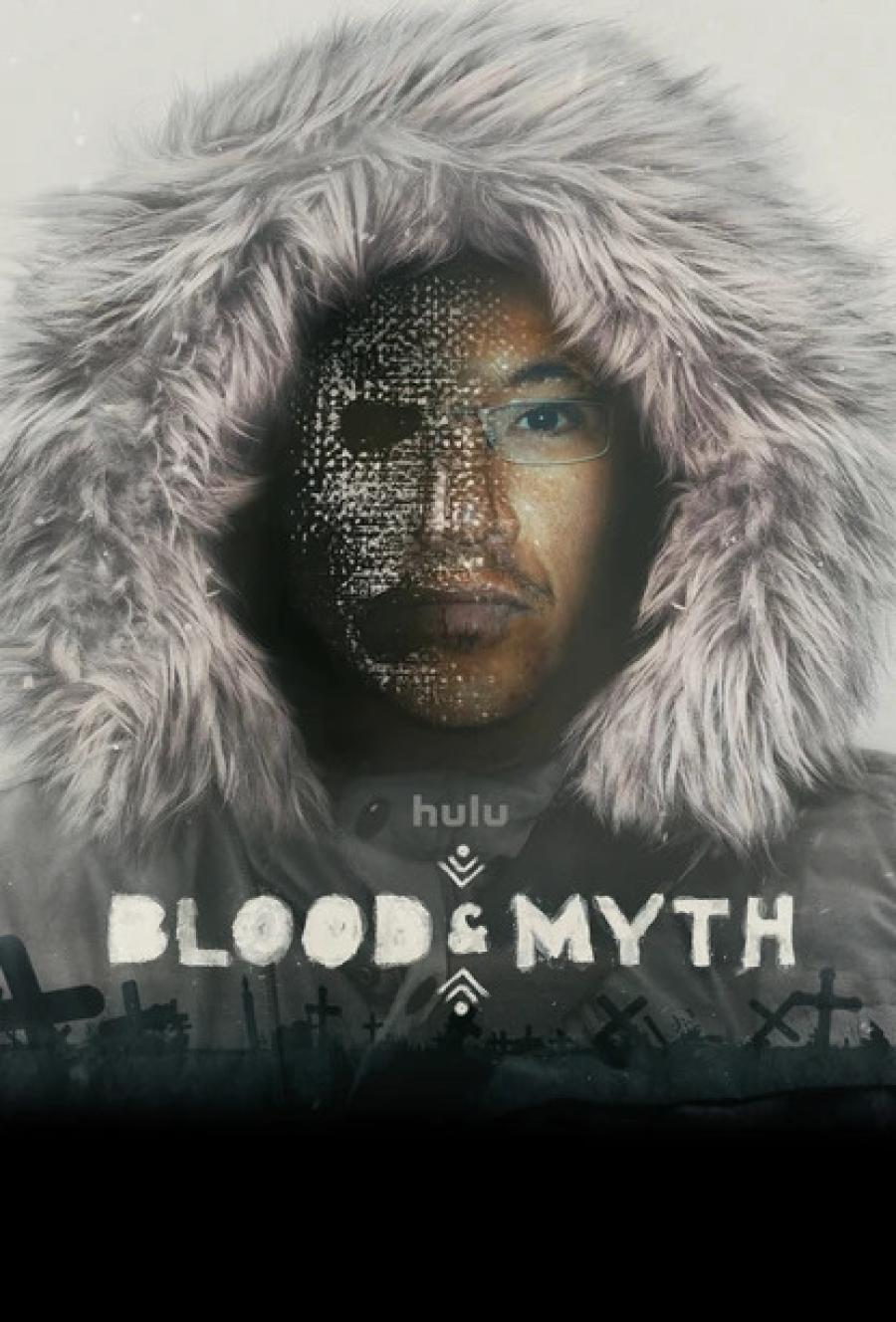“Art saved my life,” says Andrew Goseyun Morrison, an Apache-Haida artist now living in Seattle, Washington. As a high-school gang member whose peers had all dropped out of school by the time he was 17, Morrison was an anomaly. Art got him into trouble and out of trouble. It was always a passion; then it gave him a career.
Morrison is one of eight children born to a Haida father from a coastal southeast Alaskan village and a San Carolos Apache mother from a tiny hamlet in the Arizona desert. Both parents worked hard so their kids could have a better life. As a child, Morrison says he loved drawing cartoons and writing names. In sixth grade he drew pictures in second period and gave them to the girl in the next seat, who hung them in her bedroom. When her grandmother saw them, she was “blown away,” Morrison says, and asked him to produce five paintings in oil pastel (a medium he had never tried) for $25 each. He got the pastels and produced his first commissioned work in a weekend. The grandmother still keeps in touch with Morrison and boasts about her early purchases of his art.
All we hear about Seattle is the “squeaky clean image” projected by Bill Gates, Boeing, and Starbucks, Morrison says. But in the ’80s and ’90s, Seattle was awash in gangs, and their influence is still felt today. African Americans, Latinos, Middle-easterners, and 50,000 Native Americans of many tribes—all were impoverished people struggling to make ends meet.
In this environment, at about the same time that Morrison was executing his first commission, something else seized his imagination: spray-painting graffiti. He began furtively decorating city surfaces with variants of his name. “Something was speaking to me about me,” he says of these years when he was aware of his artistic talent but felt so “unformed.” Creating graffiti may have been one way for Morrison to find his identity; it also got him arrested twice, shuttled through the court system, and released to community service—and to the stern warnings of his father. That was a scary time for Morrison: “I was all over the place,” he remembers, “just trying to survive.” That meant joining several gangs and getting into fights. But Morrison was lucky. One teacher, Bob Whittemore, an artist himself, told Morrison he had a special talent and coached him through high school. “He never yelled at me; he was always positive, cordial, and respectful.” As a result, Morrison says, “I never gave up on my art.”
His first commission had whetted his desire for more. As soon as Morrison got his driver’s license at 16, he started frequenting the 20 Native American reservations within easy driving distance of Seattle, complete with business cards. Morrison’s graffiti escapades had taught him to paint efficiently outside, on walls, and he got some further work illustrating Native American themes in murals on reservation building walls.
Meanwhile, Whittemore and two high school art teachers helped Morrison apply to art schools all over the country. No one in his family had ever been to college. The Rhode Island School of Design offered the best scholarship, so three weeks after graduation, Morrison was driving east with his life packed into an old car. From RISD, he transferred to the Boston Museum of Fine Arts bachelor program, where he gained a classical education in the arts while attending liberal arts classes at Tufts University. For a teenager who had never ventured outside the Northwest, it was an eye-opening experience that turned Morrison’s understanding of art “from a pebble into an asteroid the size of Jupiter,” he says. Besides becoming proficient in a number of graphic media besides spray paint, Morrison tried his hand at rap music and still plays hip-hop under the name Ziplok, which appears in mural he painted for the Massachusetts College of Art and Design. He chose the name “Ziplok,” he kids, because “I keep it cool.” The rap sensibility influences his art, Morrison says. Verbally or visually, when he’s creating, “the state of mind I get into is always going,” so rapping and painting go hand in hand.
After he returned to Seattle and was playing basketball one day outside Wilson Pacific School, he glanced at the long gym wall and thought of painting portraits of two iconic Native Americans—Chief Seattle, after whom the city is named, and Chief Joseph. At the time, Seattle sported one small statue of its namesake, in the old, poor part of the city “where nobody goes,” says Morrison. He got funding, and within a couple of months, the 25-foot-high portraits were finished. They attracted local TV, newspaper coverage, and recognition from Seattle’s mayor. Morrison’s career took off.
Morrison has a strong work ethic: He rises early, works hard, and constantly pushes himself, he says, “to be faster, take more initiative, be more accurate and honest with myself, and more patient and listen to others.” Morrison says he gives “all the credit to God to be blessed with a talent that I never take for granted” and that he wants to use “in a good way.” He grew up in a community where many relatives recognized his talent and expected him to make something of himself. “Everyone was watching me,” he says. He is conscious of his roots and is eager both to honor his ancestors and to keep in touch with those who have helped him along the way. His art reflects both his urge to explore—different Native American cultures, different themes, and different media—and his desire to maintain his legacy and give back to his community. Today Morrison continues making art and teaches art to children as well as to homeless Native American men at the Chief Seattle Club. And Morrison has found a legal way to continue spray-painting graffiti: In June, he was the star attraction at Seattle’s “first community organized Graffiti Painting Show,” where he used the Silver Platter Music Store’s truck as his canvas.
For more about Andrew “Ziplok” Morrison and his work, see his website at http://www.onestaa.com.


